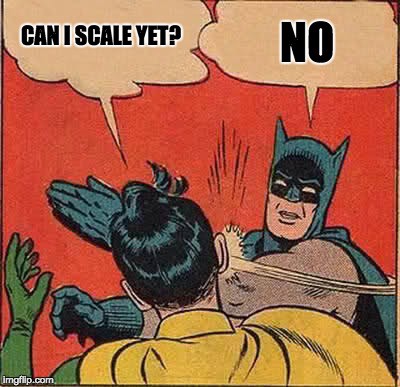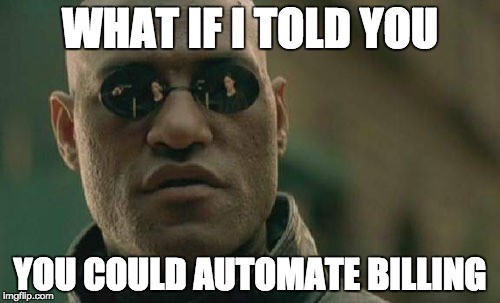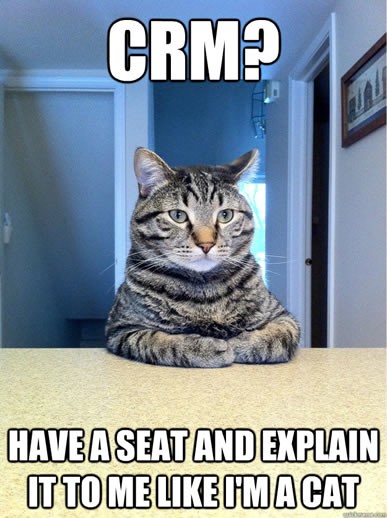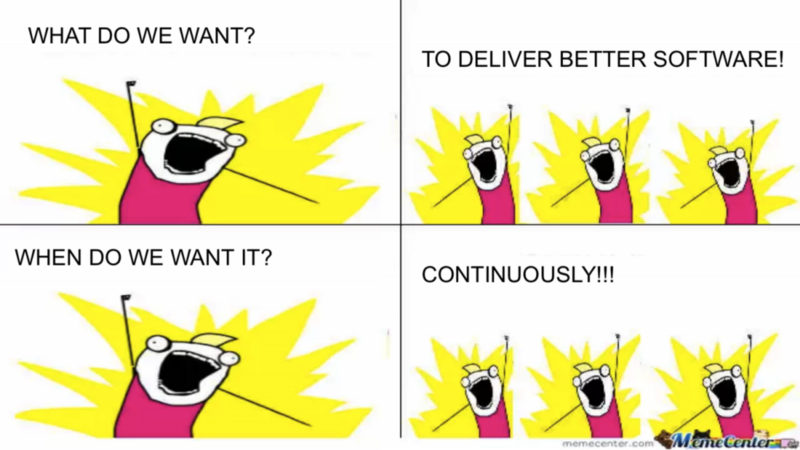Launching a new SaaS startup in a cutthroat market is challenging. But the end result can be rewarding when properly executed. There is little forgiveness for mistakes and miscalculations. This article will explain when and how you should scale your SaaS startup while avoiding common pitfalls.
Don’t scale prematurely
Don’t scale too early, when you aren’t ready for it. If you are still operating in any of the following phases, stop now. Go back to work, and acquire your first ten customers before you even think about scaling. Let’s walk through these pre-scaling phases:

- Market validation: You found a solution to a niche problem. You’ve shared your idea and people are willing to pay for your solution. Great! You’ve validated your market. It is time to build your MVP.
- MVP completion: You have built the minimum viable product for your solution. It is now time to get testers, feedback, and paying customers. Find your marketing channels, and run your initial marketing campaign to get testers.
- Paying customers: You have at least ten paying customers who are using your software. Now you can start thinking about improving and scaling your SaaS.
If you have already gone through these phases, congratulations! You are now ready to begin the initial SaaS scaling process. Otherwise, do everything manually. This includes customer support, application deployments, and billing. Continue until you validate your market and acquire paying customers. I recommend reading this article to understand the SaaS startup phases.
Scale gradually
It’s vital for SaaS startups to think of scaling as a gradual process. I’ve witnessed many startups living in the dream that their software will become viral overnight. They pour time and resources into getting ready for their “big moment.” That moment never happens, and even if by magic or extraordinary circumstances it does, it will not meet your expectations. I’ve learned this the hard way.

The scaling process is gradual. Don’t scale your entire business at once, and don’t scale until you need to. Each scaling stage will cost you time and resources, so it’s best to prioritize your needs and scale accordingly.
At ServiceBot, we usually target three areas when we look to scale a SaaS startup. Billing, customer relations, and cloud infrastructure. Each area targets a different function of your SaaS business. The order in which you decide to scale is based on your current customer feedback and operation pipeline. One might speak to you more than others based on your current needs. Let’s go through these areas.
Scale billing: Automate billing and get paid faster
Most SaaS businesses adopt the subscription billing model. If you are spending time sending manual invoices and reminders to your customers. If you are manually tracking free trials, and aren’t providing tiered SaaS offerings, you may want to start scaling your billing system first.

Scaling your billing processes is dependent on your billing structure. But there are some common improvements any SaaS business can implement to scale their accounting:
- Tiered pricing: You may have started with a single-tiered product (great way to start). But you will find yourself offering more varieties of your software as your customer base grows. Tiered pricing feature also includes the ability to have add-on pricing during checkout.
- Auto-billing: Automatically charge customers each billing cycle. This will save your accounting team days of work every month. The goal is to make the payment process fast, efficient, and transparent for both you and the customer.
- Free trials: One of the most common ways for SaaS companies to get the customer’s foot in the door is through free trials. This feature is more complicated than it seems. Your free trial system should notify users when the trial is about to expire. Automatically charge the customer once the trial period has ended. Then, automatically deactivate the software if the customer decides not to extend the trial.
Other features consist of giving refunds and credits to the customers. It is also able to apply additional charges to a running software, and giving customers payment approval rights.
If you are ready to start scaling your billing system, write down the functionalities that are necessary for your SaaS business. There are many applications that could help you scale your SaaS billing system, such as Stripe, Chargify, or ServiceBot.
Scale CRM: Get closer to your customers
You may have already started off with a customer relation management system to manage all your customers. But CRM goes a lot further than just managing customers. Your relationship with your customer starts the second they land on your website. If you aren’t gathering enough user data, then you are losing customers.

There are some common features to think about once you are ready to scale your customer relationship system:
- User management: Your customer data might be scattered across multiple applications. For instance, in customer personal data, billing info, and interaction history. To scale your customer management system, think about all the user data that you want to access from a central platform.
- Instant support: You don’t want to make your customers wait for answers. Customers have grown accustomed to accessing information instantly. They will be expecting the same from your business. This feature integrates a live chat system to your SaaS platform. Thus, your customers can contact you from anywhere within your product.
- Knowledge base: As your customer base grows, you will receive more questions regarding your product usage guide. Scaling your knowledge base system allows you to create a central documentation repository. You can use it to redirect your customers when they have questions. It is always a good practice to write documentation as your company scales.
Scaling your customer relationship system can help you increase your conversion rate. There are many tools on the market that can help you scale your CRM system. Intercom and Inspectlet integration with ServiceBot is a great start to scale your SaaS CRM.
Scale Deployments: Automate your deployments
Scaling deployments requires proper architecture and planning. During this phase, you will be adding an auto deployment system. There customers can instantly get access to your software without you doing any manual work.

To automate and scale your deployment system, you should think about the following steps:
- Containerizing application: You may be starting to think about application deployments. But you must make sure that your software is containerized. Docker is the industry standard for containerizing applications.
- Cloud Management: Once your application is containerized, you can use a cloud management software. For example, Kubernetes. This will automate your deployments, auto scale up/down, and manage your cloud resources.
- CI/CD: CI/CD is short for Continuous Integration/Continuous Deployment. CI/CD is a modern strategy to continuously develop, patch, test, and release new versions of your software to your customers. CI/CD is going to be the heart of your SaaS processes as you scale. Large businesses do this to minimize maintenance, maximize innovation, and increase revenue.
To learn more about stabilizing your cloud infrastructure, I recommend this article.
Conclusion
Don’t start scaling until you have gathered all your requirements and understand the full scope of your SaaS scale processes. Give yourself enough time to scale; no software ever works well when development is rushed. Make sure there is proper architecture in place prior to development.
Take advantage of the tools that are out there for you. ServiceBot SaaS management software is a great place to start scaling up your SaaS startup.
